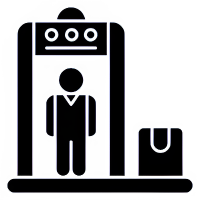What is IoT?
The Internet of Things (IoT) can be described as the use of internet connected physical objects with the abilities of data collection and distribution. Such devices include home appliances, industrial sensors which are connected and interact with each other, central systems creating intelligent environments. Application of IoT in the context of biometric technology assures the interconnection of the biometric system and the assurance of enhanced security solutions.













